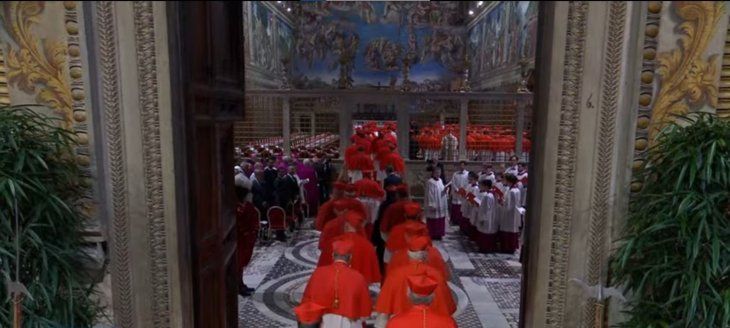Although this tradition seems ancestral, the use of this type of differentiated signals was only formalized in the nineteenth century.
After the death of Pope Francis on April 21, 133 Cardinals They gathered in the Vatican To start the Conclavethe closed process by which the new is chosen Dad.
The content you want to access is exclusive to subscribers.
During this ritual, the only public signs of advancement in voting are the smoke signs that emerge from the fireplace of the Sistine chapel: The black smoke indicates that a consensus was not reached, while the white smoke announces the choice of the new pontiff.


Although this tradition seems ancestral, the use of differentiated smoke signals was formalized only in the nineteenth century. Over time, the method was perfected due to the confusion generated by the intermediate colors of smoke, especially in past conclaves.
2025 conclave

133 Cardinals gathered in the Vatican to start the conclave, the closed process through which the new Pope is chosen.
The science behind the conclave: what chemical reactions determine the color of the papal smoke
Since the 1970s, the Vatican Use controlled chemical combinations to ensure the clarity of the message.
Black smoke is generated with potassium, anthracene and sulfur perchlorate, causing incomplete combustion that produces soot.
White smoke, on the other hand, is achieved by a mixture of potassium, lactose and pine resin chlorate, generating a dense cloud of steam and clear particles.
Thus, chemical science reinforces a signal loaded with symbolism and tradition.
Source: Ambito




